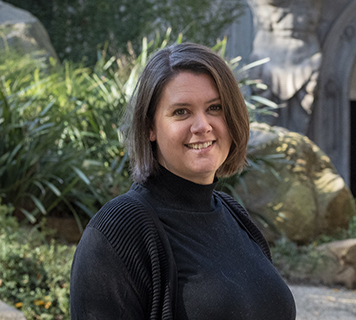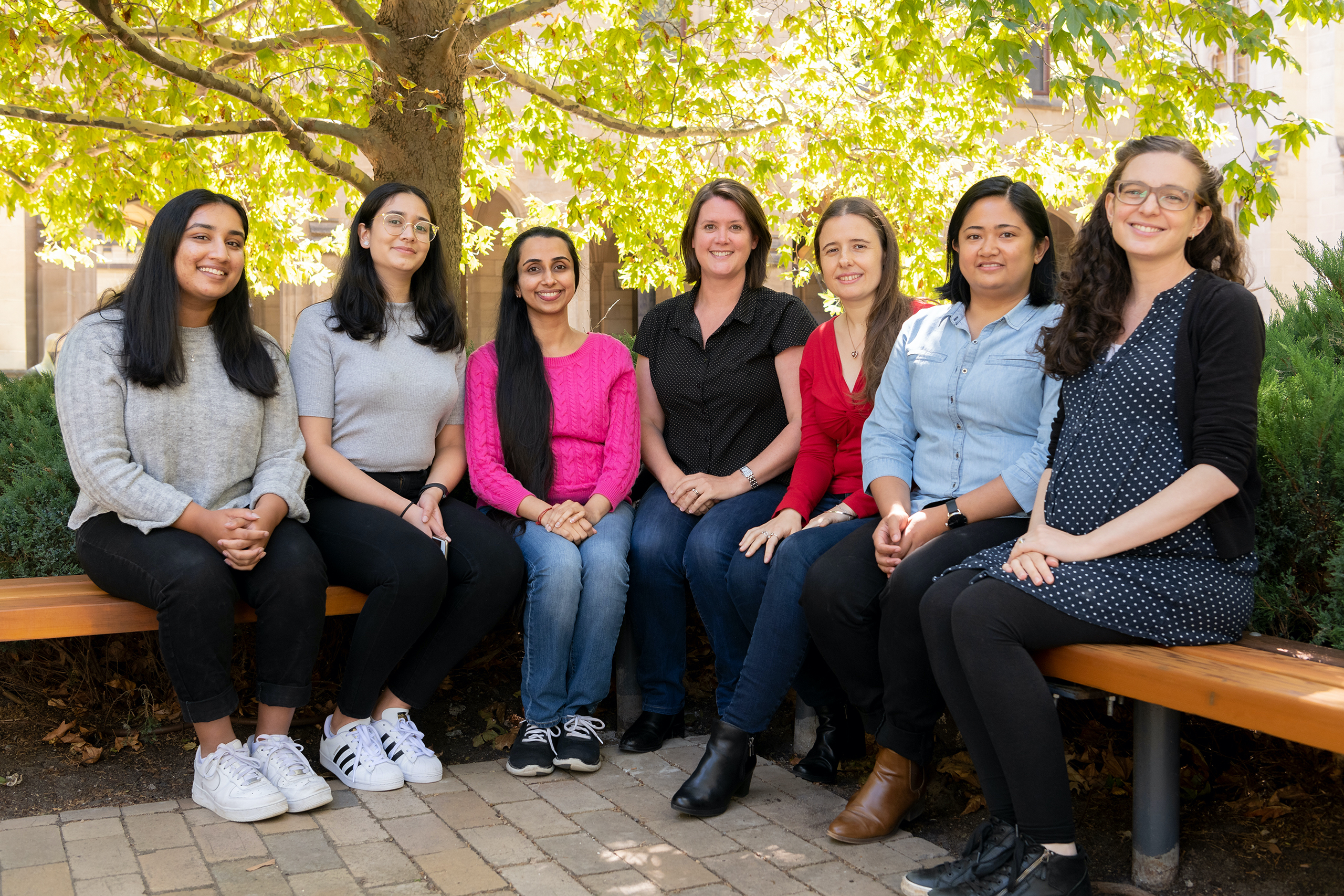Smith laboratory: Cardiac Genetics
-
Head of Laboratory

Associate Professor Kelly Smith+61 3 8344 5934
Research Overview
View A/Professor Smith's latest publications listing here
 Our survival is contingent on a correctly formed and functioning heart. Its architecture is so precise that even small deviations from its normal structure can have debilitating or even fatal consequences. The complexity of the heart is achieved during embryonic development, beginning as sheets of cells that proliferate, migrate, differentiate and reorganise in an exact sequence of events to form the final functional organ. The entire process is controlled by a genetic program, evidenced by the fact that each baby born has a heart with stereotypical shape. The building of this organ is not always perfect and when mistakes occur during embryonic development, it results in congenital heart defects (or structural defects of the heart). There is a large genetic contribution to congenital heart defects, whereby genes that are essential for heart development may harbour mutations and, therefore, malfunction, preventing the normal progress of heart development.
Our survival is contingent on a correctly formed and functioning heart. Its architecture is so precise that even small deviations from its normal structure can have debilitating or even fatal consequences. The complexity of the heart is achieved during embryonic development, beginning as sheets of cells that proliferate, migrate, differentiate and reorganise in an exact sequence of events to form the final functional organ. The entire process is controlled by a genetic program, evidenced by the fact that each baby born has a heart with stereotypical shape. The building of this organ is not always perfect and when mistakes occur during embryonic development, it results in congenital heart defects (or structural defects of the heart). There is a large genetic contribution to congenital heart defects, whereby genes that are essential for heart development may harbour mutations and, therefore, malfunction, preventing the normal progress of heart development.
In addition to forming the correct structure, the heart must also beat with co-ordinated rhythm. This is also established during embryonic development. The electrical tissues within the heart are patterned and partitioned to permit asynchronous beating of the organ (whereby the atria beat first, followed by the ventricles, permitting onward propulsion of blood). Defects in the correct patterning of these tissues or mutations in genes that encode electrical machinery (such as ion channels and gap junctions) result in cardiac arrhythmia.
The goal of the Smith laboratory is to identify the genes that are required for cardiac development and rhythm and to understand how these genes function. The lab uses both forward and reverse genetics approaches to create mutants with cardiac defects. By studying and intervening with the phenotypes of these mutants, we gain understanding into the timing of disease onset, the genetic pathways the gene operates in, and molecular mechanisms and cellular contexts of gene function. We primarily use the zebrafish model for gene discovery efforts and in vivo imaging, and branch into creating mouse models as the project demands. Building this basic knowledge of how the heart forms and how disease can manifest, puts us in great stead to diagnose, interpret and devise strategies to treat genetic cardiac diseases.

Staff
Associate Professor Kelly Smith, Research Fellow and Head of Lab
Dr Veronica Uribe Sokolov, Research Fellow
Dr Swati Iyer, Research Fellow
Dr Ophelia Ehrlich, Research Support Officer
Dr Nicole Dominado, Research Support Officer
Ms Drishti Rajesh, Honours Student
Ms Shamalki Sampatha Waduge, Honours Student
Collaborators
Prof Irina Vetter, The University of Queensland
Prof Jeroen Bakkers, Hubrecht Institute, Netherlands
Prof Didier Stainier, Max Planck Institute, Germany
A/Prof Duncan Sparrow, Oxford University, UK
Prof Arie Verkerk, Amsterdam Medical Centre, Netherlands
Dr David Elliott, Murdoch Childrens Research Institute, VIC
A/Prof Mirana Ramialison, ARMI, Monash University, VIC
Prof Diane Fatkin, Victor Chang Cardiac Research Institute, NSW
Prof Christopher Semsarian, Centenary Institute, NSW
Prof Rob Parton, The University of Queensland
Dr Geza Berecki, The Florey Institute, VIC
Prof Ben Hogan, Peter Mac & The University of Melbourne
Dr Nathan Palpant, The University of Queensland
Dr Cas Simons, Murdoch Childrens Research Institute, VIC
A/Prof Mathias Francois, Centenary Institute, NSW
Research Projects
For project inquiries, contact our research group head.
Faculty Research Themes
School Research Themes
Cardio-Respiratory, Cell Signalling, Molecular Mechanisms of Disease
Key Contact
For further information about this research, please contact Head of Laboratory Associate Professor Kelly Smith
Department / Centre
MDHS Research library
Explore by researcher, school, project or topic.